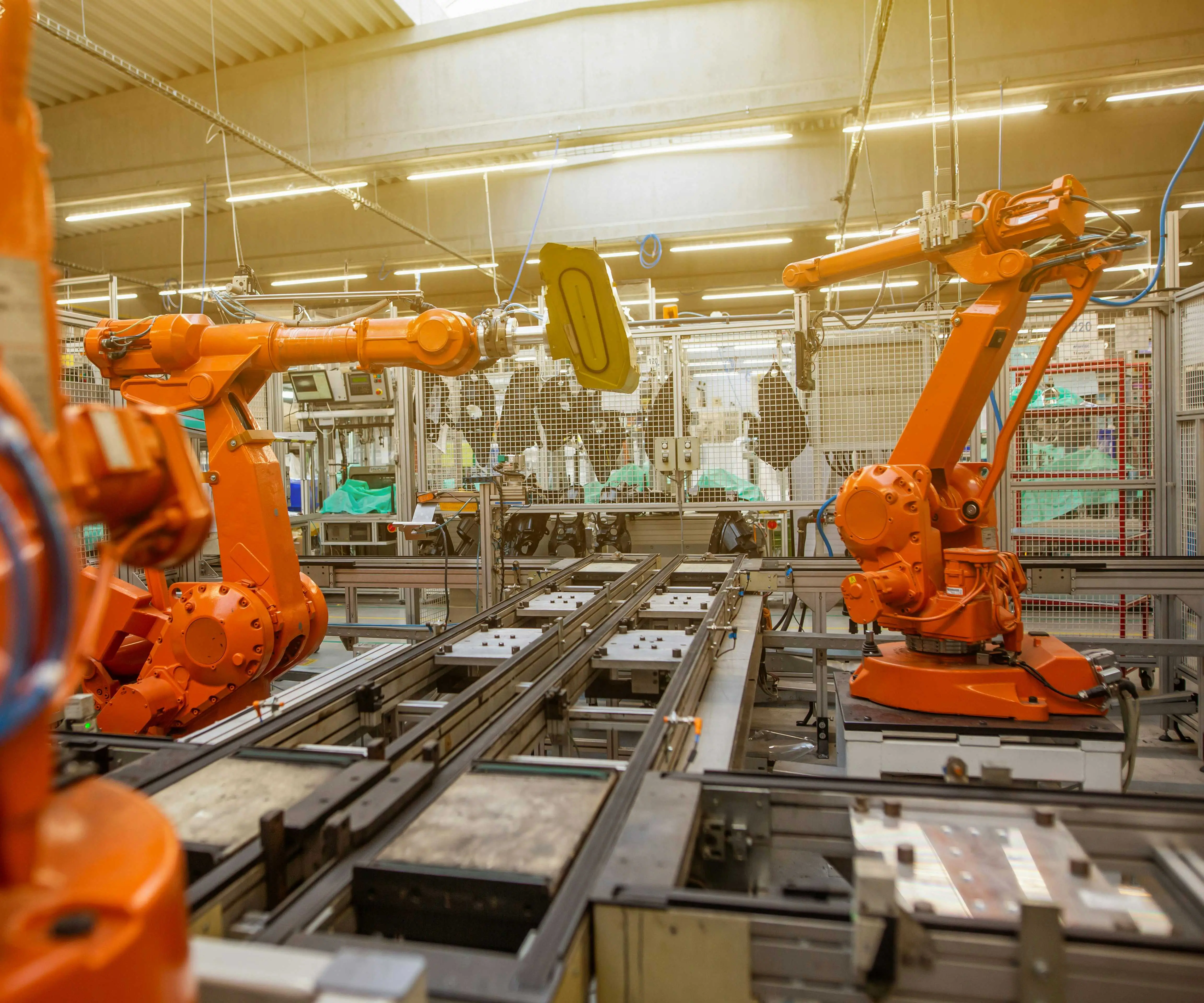Certainly! Here’s the first part of the soft article centered around the theme "servo motor construction diagram." I'll begin with a compelling title, description, and keywords, then proceed to the detailed content.

Unlocking Precision: An In-Depth Look at the Servo Motor Construction Diagram
Imagine a tiny, highly intelligent motor that can rotate to specific angles with exceptional accuracy—this is the essence of a servo motor. Widely regarded in robotics, automation, aerospace, and consumer devices, servo motors are the backbone of precise control systems. To truly appreciate their sophistication, we need to delve into their construction diagram, which reveals the carefully curated components that enable such remarkable performance.
Understanding the Basics of a Servo Motor
At its core, a servo motor is a rotary or linear actuator that allows for precise control of angular or linear position, velocity, and acceleration. Unlike standard motors, which just spin when powered, servo motors are coupled with feedback systems—typically encoders or potentiometers—that constantly inform the controller of the motor’s actual position. This real-time feedback makes it possible to make fine adjustments, ensuring the servo reaches and maintains the desired position.
The construction diagram of a servo motor provides a visual blueprint of this complex yet elegantly organized device. It unpacks every element—from the stator and rotor to the control circuitry—that comes together to produce controlled, exact movement.
Inner Structure Overview
Let’s begin with the main components visible in most servo motor diagrams:
Stator: The static part of the motor that houses the electromagnetic coils. In the diagram, you’ll see windings that are carefully arranged around the stator core to generate magnetic fields when energized.
Rotor (or Armature): The rotating element within the motor. It contains a shaft connected to the output, along with a winding or permanent magnet, depending on the motor type.
Gearbox: Many servo motors incorporate a gear train—often a series of spur gears—to increase torque and reduce rotational speed for fine control.
Feedback Device: Central to the servo’s ability to position accurately, the diagram typically shows a potentiometer or encoder attached to the rotor. This component converts the rotor’s position into an electrical signal that the control circuitry can interpret.
Brushes and Commutator (for brushed motors): In brushed servo motors, brushes and a commutator maintain electrical contact with the rotor windings. This setup is depicted in the diagram, demonstrating how current flows through the rotor.
Magnets: Permanent magnets or electromagnets that produce magnetic fields, influencing how the rotor moves. The diagram indicates their placement relative to the stator coils.
Control Electronics: Enclosed often in the housing, circuitry like the driver or amplifier receives signals from the feedback device and adjusts the motor’s power accordingly, closing the control loop.
How the Components Interact
In the construction diagram, the interplay between these components highlights the elegance of servo motor design:
When a command is issued to move the servo to a specific position, the control electronics send current to the stator windings. The electromagnetic fields generated by the stator influence the rotor, causing it to turn. As the rotor moves, the feedback device (encoder or potentiometer) detects its new position and sends this data back to the controller. The controller compares the actual position with the target position. If there’s a discrepancy, it adjusts the current supplied to the stator. This process continues rapidly, with the feedback loop maintaining the rotor at the precise desired angle.
This dynamic interaction gives servo motors their hallmark ability: accurate, repeatable positioning quickly and reliably—even under varying loads.
Types of Servo Motors and Their Construction
While the construction diagram provides a universal view, it’s worth noting that different types of servo motors have variations in their internal architecture:
Brushed DC Servo Motors: Show brushes and commutators in the diagram, with a rotor windings setup. They are straightforward but require maintenance due to wear on brushes.
Brushless DC (BLDC) Servo Motors: Absent brushes, their diagrams reveal permanent magnets on the rotor and stator windings — often arranged in three phases to enable electronic commutation.
AC Servo Motors: These diagrams emphasize their stator windings and often include additional features like variable frequency controllers for precise motion.
Understanding these differences sharpens the picture of how each construction diagram functions and why certain designs are preferred in specific applications.
The Role of the Gearbox and Feedback System
The gearbox, often illustrated in orange or brown within the diagram, is a vital component for translating high-speed, low-torque rotation into low-speed, high-torque motion suitable for precise tasks. It may consist of planetary gears or spur gear trains, meticulously designed to minimize backlash and maximize smoothness.
The feedback device—usually positioned at the rotor's shaft—serves as the “eyes” of the system. Encoders, which encode rotation into digital signals, can provide extremely high resolution, allowing the servo to achieve very fine positional accuracy. Potentiometers, while simpler, are less precise but still widely used in many applications.
In essence, the motor’s construction diagram is a map of coordinated parts—each with a purpose—that operate in harmony to deliver the pinpoint accuracy we associate with modern robots, CNC machines, and even remote-controlled cars.
Stay tuned for Part 2, where we’ll explore advanced features like control circuitry intricacies, real-world applications, and innovations shaping the future of servo motor design.
Kpower has delivered professional drive system solutions to over 500 enterprise clients globally with products covering various fields such as Smart Home Systems, Automatic Electronics, Robotics, Precision Agriculture, Drones, and Industrial Automation.




































